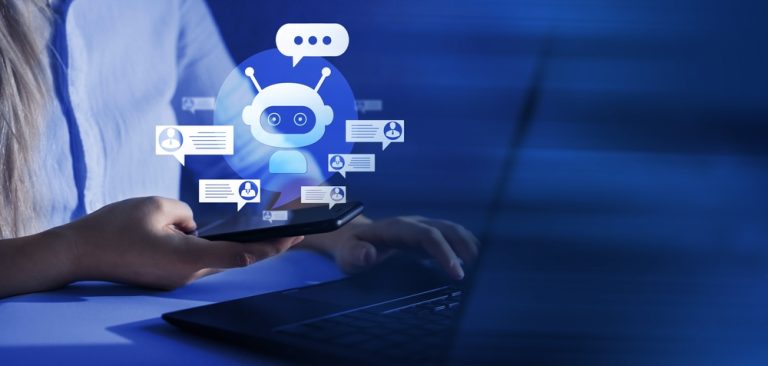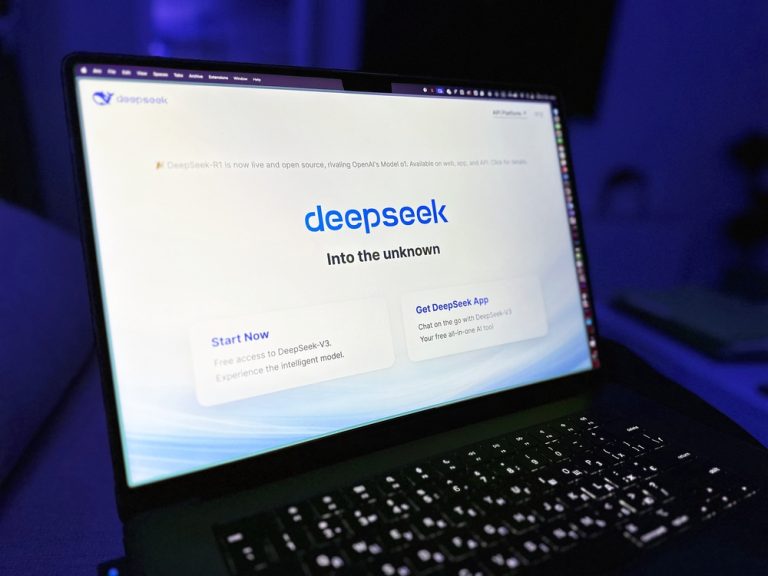Association Leaders Be Ready, AI is Here
Association Leaders Be Ready, AI is Here
The term “artificial intelligence” was coined in 1955 when researchers at Stanford University theorized that every aspect of human learning, or any other feature of human intelligence, could be so precisely described that a machine could be made to simulate it. Today, machines can be made to perform – and outperform – many human functions.
While we have become accustomed to interfacing with Amazon’s Alexa or Apple’s Siri, the trajectory of AI blasted into uncharted territory last year when a company called OpenAI, with an investment from Microsoft, launched the most powerful version of its ChatGPT product. In its most basic terms, it is a chatbot able to answer questions in a conversational, human-like way. Within one week of the launch of ChatGPT, the company announced on Twitter that it had amassed over a million users. Fearing its search engines could be made obsolete by this burgeoning technology, Google soon announced the launch of its Bard product, described as an experimental conversational AI service. Others like Meta and Bing have also followed with their own product launches.
What is Chat GPT?
ChatGPT uses a “large language model” built upon a massive neural network that loosely approximates the human brain, aiming to achieve what is known as artificial general intelligence. In the past, AI could only be programmed for a narrow purpose, like winning a chess game. Now, loaded with almost all available data on the internet, the systems are trained to predict the next word in a text, similar to a really smart and intuitive autocomplete function. This deep learning AI is able to connect and contextualize information from diverse sources of knowledge and generate everything from academic essays to complex computer code.
Over time, users of earlier versions of ChatGPT realized that the system had the ability not only to apply the concepts on which the machine had been trained, but also to learn new tasks from a handful of examples and to apply chain-of-thought reasoning to solve problems. These “emergent properties” are not yet fully understood. Nevertheless, advances continue to be scaled, resulting in last year’s launch of the game-changing ChatGPT.
As if that were not enough, OpenAI recently released an updated version of the ChatGPT product that processes and analyzes visual images. A mobile app called Be My Eyes which helps blind and low vision users by describing the objects around them, recently incorporated GPT-4 into a “virtual volunteer” that, according to a statement on OpenAI’s website, “can generate the same level of context and understanding as a human volunteer.”
The company admits there are still limitations in the technology. In fact, GPT-4 can “hallucinate” information, which means it can make up falsehoods not found in its data. Other companies developing these AI technologies have stumbled upon the same worrisome feature. Also, users cannot forget that AI-generated algorithms are subject to the same biases that exist in humans. Undeterred, OpenAI recently announced on Twitter that “ChatGPT Business” will be offered in the coming months.
What This Means for Associations
Start thinking about your association’s data and how you can responsibly use AI to analyze it to solve real-world business problems. By now, your association likely has collected data from conferences, surveys, meetings, manuals and other sources. Ensure in the process that you protect personally identifiable information; otherwise, your association may inadvertently breach data protection laws. ChatGPT is a public tool, even with a paid login account. Any data that is input becomes part of its collective knowledge. While this is great to help the product learn and stay updated, it also means that other people can access what you’ve input.
Use ChatGPT to examine areas where your association currently relies on manual spreadsheets, for example, to track membership and feedback on services. Can you utilize an AI tool to more quickly and efficiently analyze this data to search for trends and patterns? Begin formulating ideas for how an AI tool may be able to draft announcements, short articles and social media. Of course the text will still need a human eye to refine it, but the technology has come such a long way that AI content creation can be a real time-saver. And keep in mind, the more humans engage in the content-creation, the more likely your association can avoid claims that the association does not actually own the AI-generated content.
Another example of using AI tools is having a chatbot for live chat on your website and social media to answer member’s questions and provide customer support. With the latest generation of chatbots performing in a much more human-like manner, work on building a chatbot that can be available to give your members tailored customer support 24-hours a day.
Undoubtedly, more will be revealed over the next few years regarding how AI can be applied to business operations. For now, associations leaders should put aside pre-conceived notions about AI and familiarize themselves with the rapid developments happening in the field so they can be prepared to guide their employees and members to harness AI for use in their particular industries. The possibilities for increasing employee productivity and member engagement are truly breathtaking.
This article was originally published in FSAE Source, a publication of the Florida Society of Association Executives and is republished here with permission.










